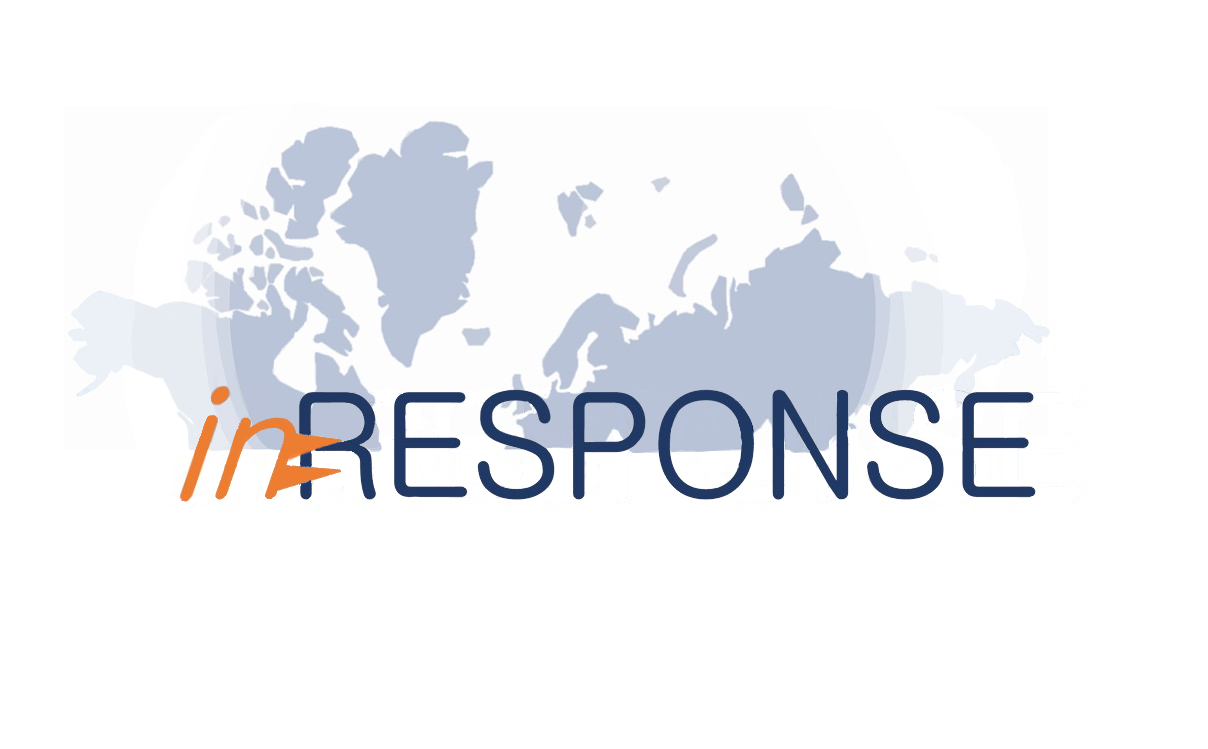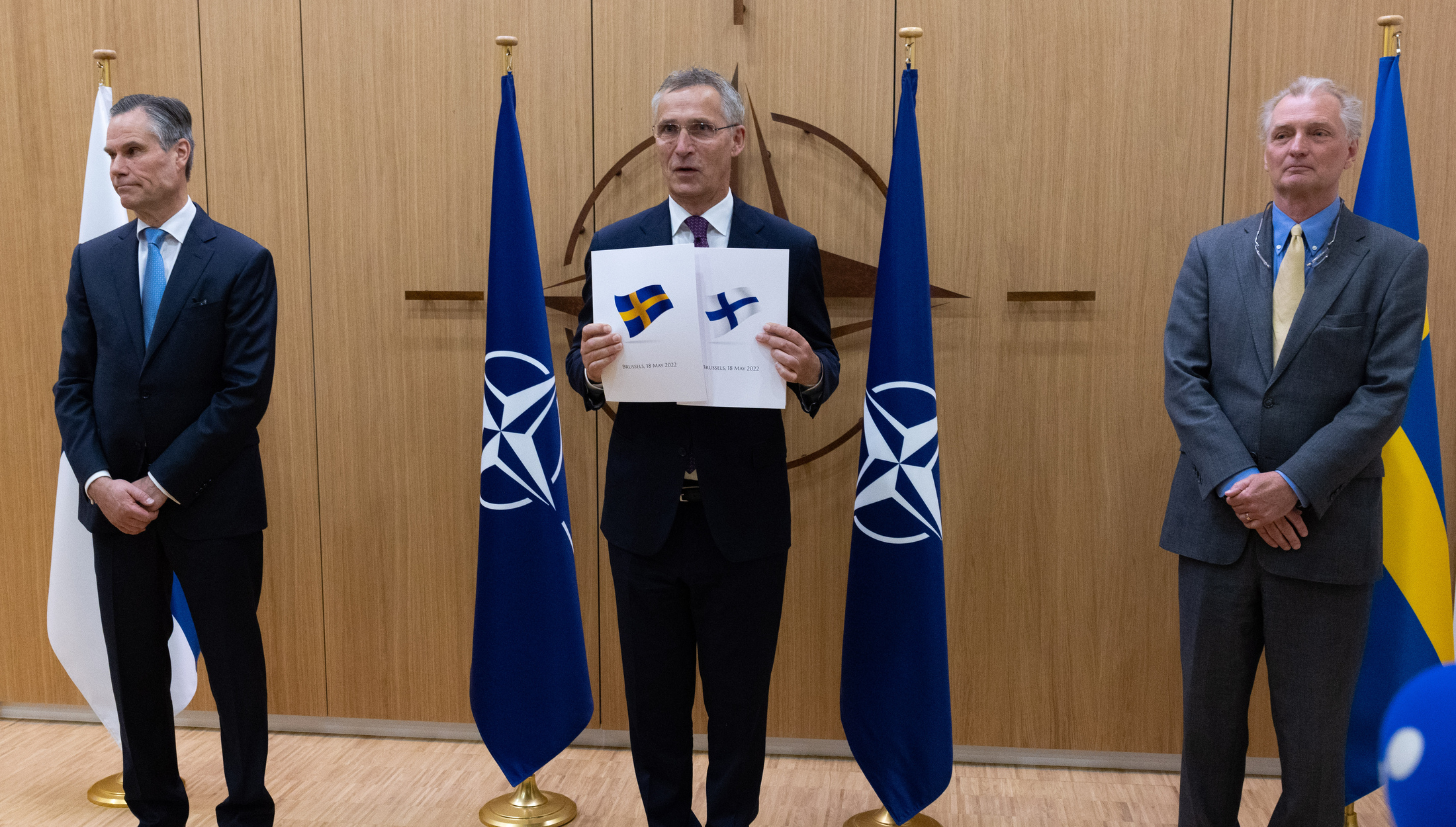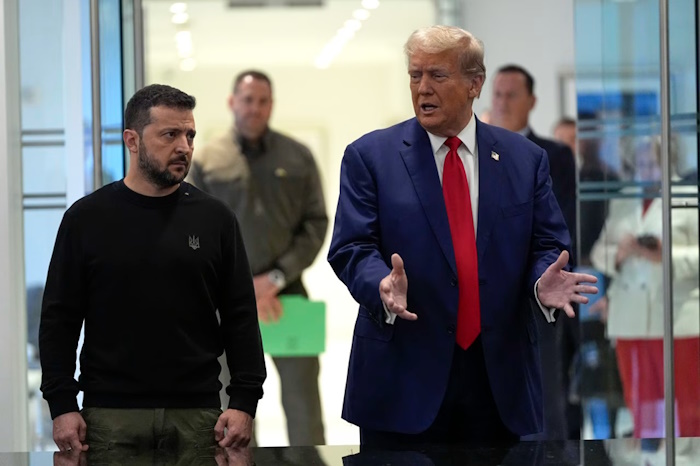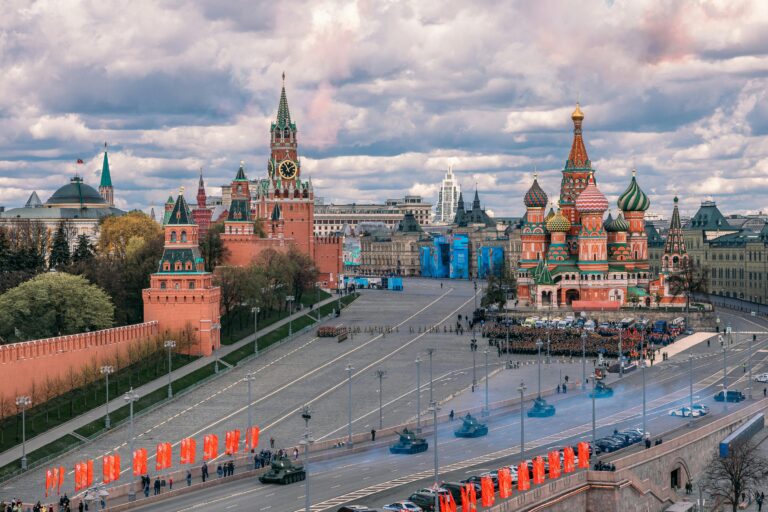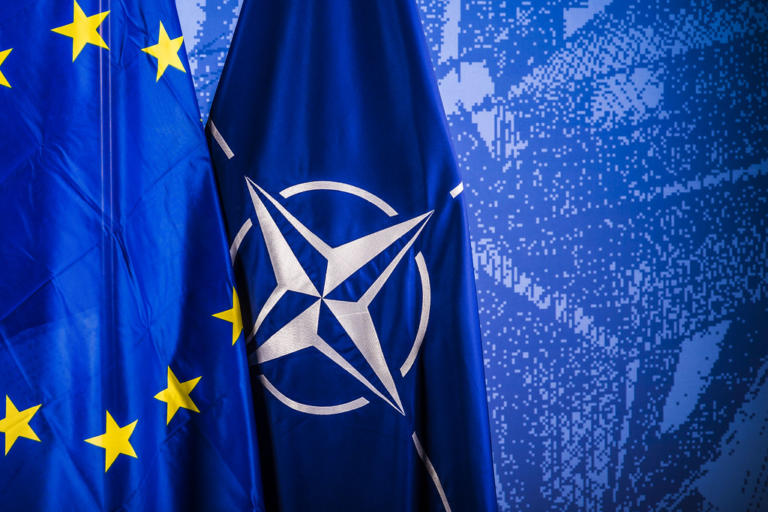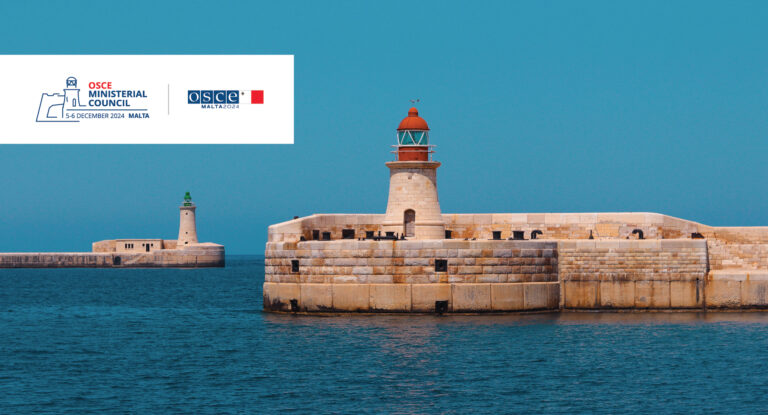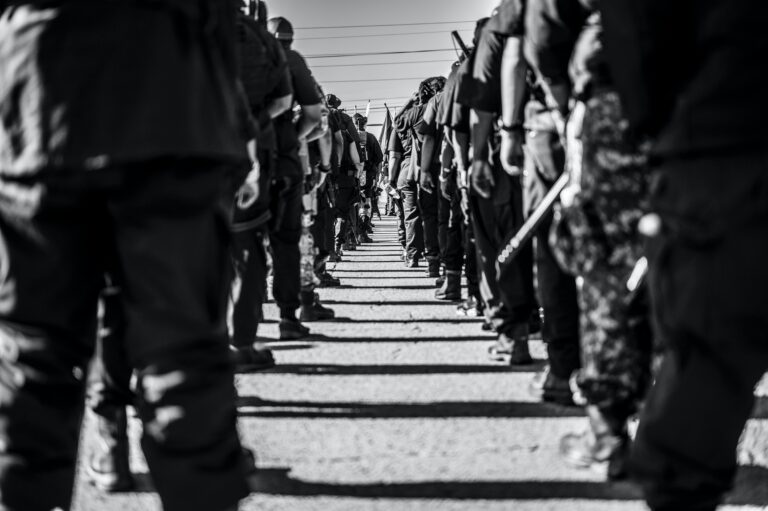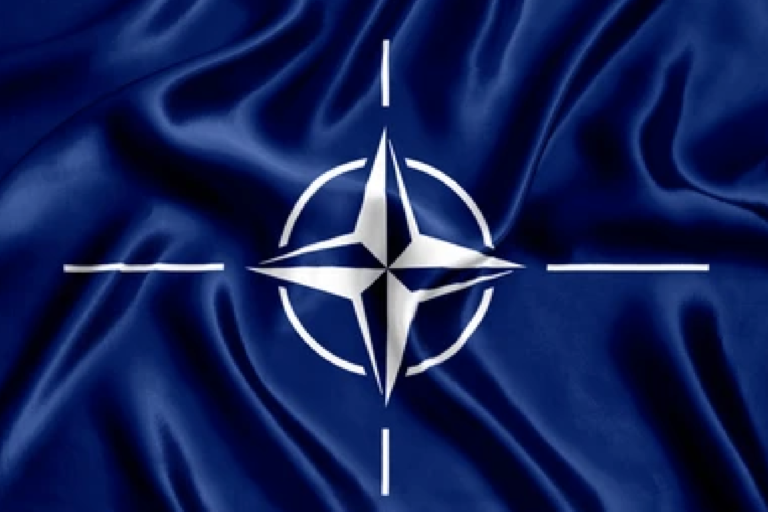Finnish and Swedish membership in NATO brings the two countries even closer together
by Hanna Ojanen, Research Director, Tampere University & inRESPONSE Researcher
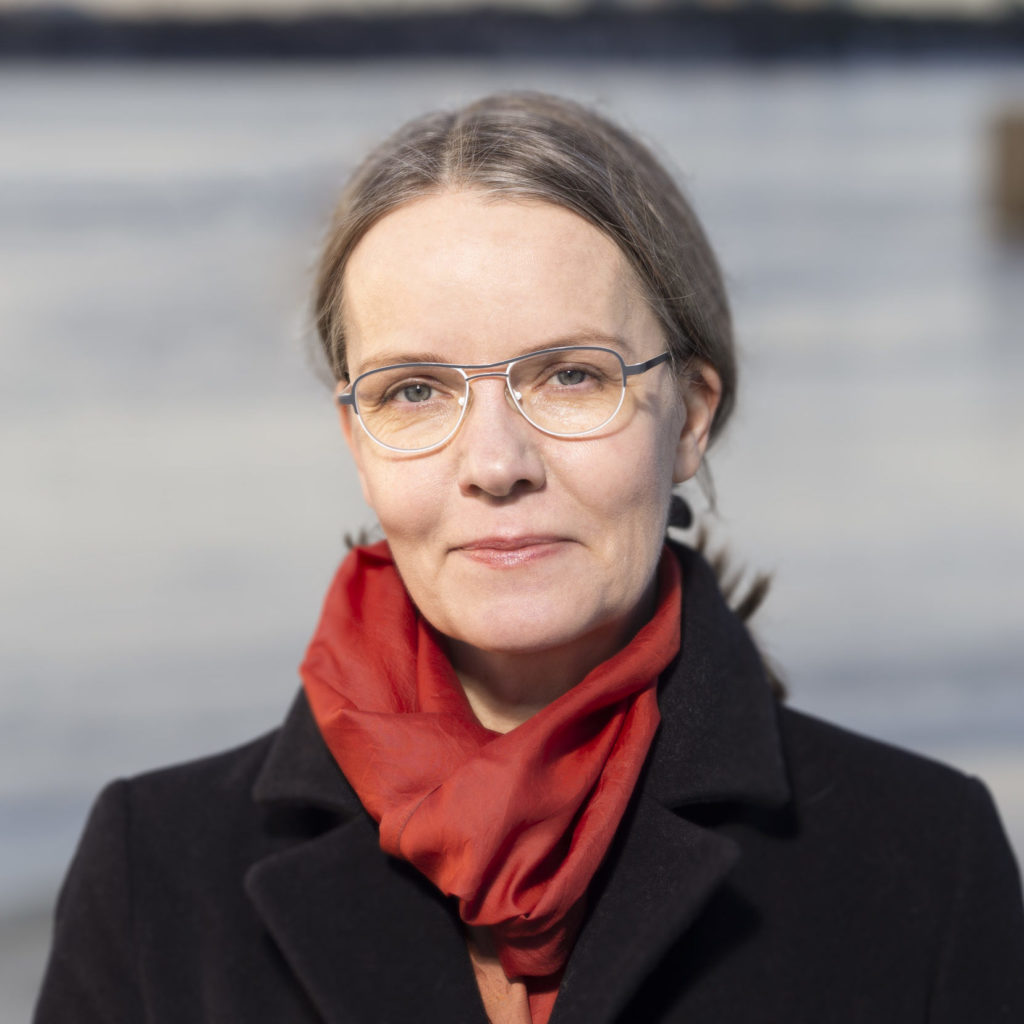
Finland’s newly elected President Alexander Stubb recently paid his first state visit to Stockholm, as per tradition for Finnish presidents. This time a lot has changed: now the two countries are in NATO. Understandably, NATO was one of the central topics during the visit. In his speech at the Swedish Parliament on 23 April, Stubb noted that the two countries need to continue the integration of their national defences with NATO – and at the same time with each other. He also noted that the two countries’ shared responsibility for NATO’s defence in the Baltic Sea, the Arctic region and in the border area with Russia is great.
Historical comparisons abound. NATO Secretary General, Norwegian Jens Stoltenberg, has pointed at the importance of these two countries’ membership noting that Scandinavian defence has not been so strong since the Kalmar Union between Denmark, Norway and Sweden (1397-1523).
One could say that Finland and Sweden, then, have not been as close to one another since 1809 when Sweden lost Finland to Russia. The two were already closely tied together in defence before NATO membership, but interestingly enough, they had not formalized any defence alliance between themselves. Now, however, they have one through the Washington Treaty.
This might not be the first case of Nordic defence cooperation being encouraged by larger European processes. It could well be that when a larger framework, be it the EU or NATO, gives a needed backbone, the Nordics take further steps among themselves.
In concrete terms, defence planning changes in the North, and one interesting aspect is Sweden’s geographical role in connecting the North Sea to the Baltic Sea, something that it boosts with projects on infrastructure improvement paid by EU funds for military mobility.
Where the two countries may come to have a leading role can be in the field of crisis preparedness and total defence. The former Finnish president Sauli Niinistö is now in charge of preparing a report for the European Commission on preparedness or crisis resilience. This has traditionally been a central part of Finnish thinking, and it already tried to market to the EU in the year 2000 under the heading of security of supply. Back then, the idea may have been misunderstood as protectionism.
Perhaps ‘security of supply’ indeed was the Finnish equivalent of ‘strategic autonomy’ before that notion was even invented. Now, the times are different and the centrality of preparedness is widely recognised. And again, cooperation with Sweden makes Finland stronger in promoting these plans. Sweden also has a long history of total defence but is now restarting capacity development and focus on civilian defence. Together, the two may have an important impact in both NATO and the EU.
The views, thoughts, and opinions expressed in the blog posts belong solely to the authors, and are not necessarily representative of the Institut Barcelona d’Estudis Internacionals (IBEI) nor the Spanish Ministry of Science and Innovation. The content provided through our blogs is for informational purposes only. Readers are encouraged to consider the context and research behind the viewpoints shared within each blog post.
